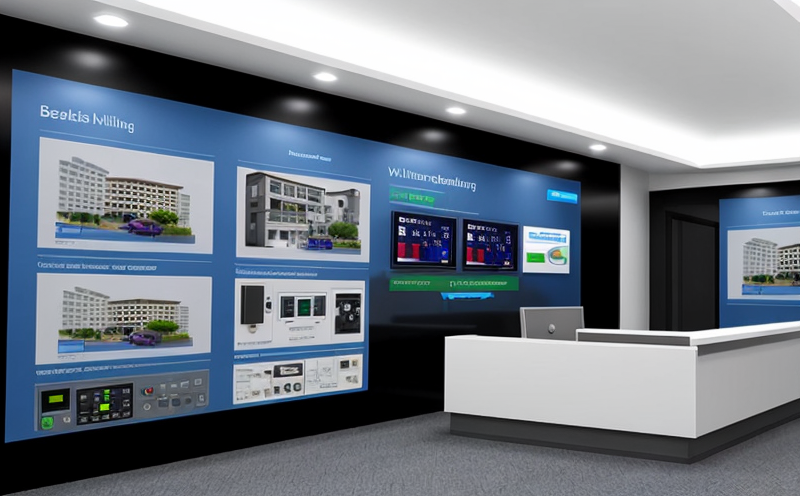EN 15232-3 Automation System Performance Assessment
The European standard EN 15232-3 provides a methodology for assessing the performance of automation systems in buildings and infrastructure. This service ensures that the control, monitoring, and management functions are optimized to enhance building efficiency, safety, and comfort.
Compliance with this standard is crucial for quality managers and compliance officers looking to ensure their projects meet international standards. R&D engineers can benefit from this service by validating new technologies against established benchmarks. Procurement teams will find it valuable in ensuring that the automation systems they purchase meet performance criteria.
The EN 15232-3 standard focuses on several key areas including system architecture, communication protocols, control strategies, and environmental monitoring. It provides a framework for testing these components to ensure seamless integration and optimal performance.
Testing involves evaluating the system's ability to respond accurately to various inputs and outputs. This includes assessing how well the system can manage energy consumption, temperature regulation, lighting, and other critical functions. The standard also emphasizes the importance of robust security measures to protect against unauthorized access or tampering.
A major aspect of this service is the assessment of the automation system's performance under different scenarios such as peak load periods, fault conditions, and recovery processes. This helps identify potential weak points in the system design that may need improvement.
Our laboratory uses advanced instrumentation to conduct these tests accurately and consistently. Specimen preparation involves setting up a realistic simulation of the intended environment for the automation system. Once prepared, we perform rigorous testing using specified protocols outlined in EN 15232-3.
The results are analyzed comprehensively before generating detailed reports that provide insights into areas where improvements can be made. These reports serve as valuable tools for continuous improvement and help maintain high standards of performance across all aspects of the building's operation.
By adhering to this standard, organizations not only comply with international regulations but also enhance their reputation by demonstrating commitment to best practices in automation technology application.
Industry Applications
| Application Area | Description |
|---|---|
| Data Centers | Evaluating energy efficiency and temperature control systems. |
| Hospitals | Ensuring critical life support equipment operates correctly. |
| Offices | Improving overall comfort levels and reducing operational costs. |
| Commercial Buildings | Achieving higher levels of energy savings through optimized HVAC systems. |
- Data centers require stringent temperature control to prevent overheating which could damage sensitive IT equipment.
- Hospitals need reliable monitoring and management systems for vital signs and medication dispensing.
- Offices benefit from improved air quality, lighting levels, and acoustic conditions enhancing employee productivity.
- Commercial buildings can significantly reduce their carbon footprint by optimizing energy usage through smart building technologies.
Customer Impact and Satisfaction
Implementing EN 15232-3 ensures that automation systems in various sectors meet stringent quality standards. This leads to increased customer satisfaction as buildings function more efficiently, safely, and comfortably.
For data centers, this means reduced downtime due to system failures, leading to higher availability of services. In hospitals, it translates into better patient care through reliable medical equipment operation. Offices see enhanced productivity from a healthier working environment. Commercial buildings enjoy lower utility bills thanks to optimized energy consumption practices.
The detailed reports generated after testing provide actionable insights for continuous improvement. This not only enhances the functionality of existing systems but also sets new benchmarks for future installations, thereby continuously raising industry standards.
Environmental and Sustainability Contributions
- Reduces energy consumption by optimizing HVAC system operations.
- Promotes sustainable practices through efficient resource use in various building types.
The assessment under EN 15232-3 contributes significantly to environmental sustainability goals. By ensuring that automation systems are performing optimally, we help reduce the overall carbon footprint of buildings across different sectors. This is achieved by minimizing energy waste and promoting sustainable practices such as recycling and waste reduction.
Our commitment to this standard reflects our dedication towards creating more eco-friendly environments while maintaining top-notch performance in building automation systems.





